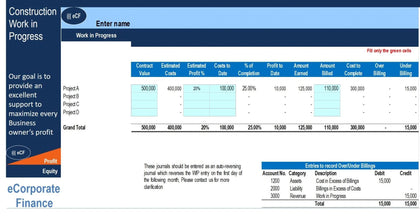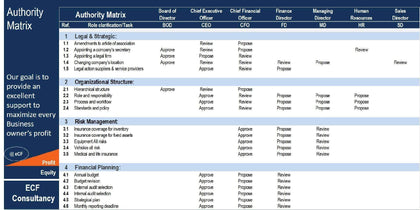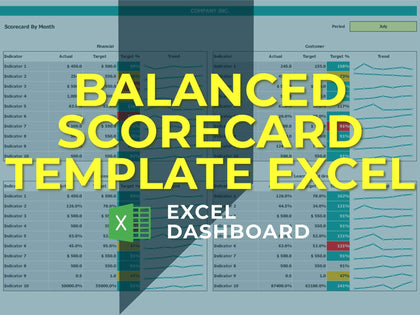SaaS Customer Simulator: Pricing/Retention/Terms/LTV/CaC
This is a comprehensive template for any SaaS business. It doesn't matter if you are month-to-month B2C or enterprise B2B. This module makes it easy to input all relevant details about a given customer for up to 10 unique configurations that can be analysis with standard SaaS key metrics.
A key output is expected gross profit of a customer over time (taking into account potential increase in contract value, retention rate (customer value depletes over time as a result), and on-going costs to service the customer. This is really important for pricing your SaaS product in the context for what it costs to deliver such services.
More outputs include LTV to CaC ratio and months to pay back CaC.
The most accurate forecasting logic was used to build this simulator.
The user can input data about retention rate (renewal rate at end of contract term), average value per contract, contract length (months), average increase in contract value at renewal, acquisition costs, setup fees, on-going costs to service (bottom-up inputs are available to make the calculation easier to build/understand), and discount rates (for NPV calc.)
I did a few different calculations that may not be commonly seen, but I believe it is valuable to use when comparing different ideal customer configurations. One is IRR (internal rate of return) of a given customer. This looks at net acquisition costs and the value of the customer over time (based on retention rate and contract lengths) in order to run a standard monthly and annual IRR calculation.
Likewise, the customer lifetime value is calculated with similar methodology, except it is the net setup fees/on-boarding costs plus the present value of the customer over their estimated life against the customer acquisition cost (CaC).
Customer acquisition cost is built based on a few inputs. You can drive this by expected ad spend and sales and marketing salaries over a given period against the total expected customers added over the same period as that spend. The result is a nice CaC comprehensive output.
Eye-pleasing visualizations were built to show the resulting key metrics for each customer configuration as well as the 120 month summary for expected customer gross profit / remaining value over time / and gross margins (the model goes for a maximum of 120 months).
Example use: keep all data the same and adjust retention to see how it effects LTV/gross margins.
Another use: Adjust contract length to compare 12-month vs. month-to-month pricing based on retention rates of each/average contract value/average increase in contract value at renewal. There are a lot more you can play around with.
Get better context around pricing your SaaS customers with this helpful tool.
SaaS Customer Simulator: Pricing/Retention/Terms/LTV/CaC
Available:
In Stock
$45.00
This is a comprehensive template for any SaaS business. It doesn't matter if you are month-to-month B2C or enterprise B2B. This module makes it easy to input all relevant details about a given customer for up to 10 unique configurations that can be analysis with standard SaaS key metrics.
A key output is expected gross profit of a customer over time (taking into account potential increase in contract value, retention rate (customer value depletes over time as a result), and on-going costs to service the customer. This is really important for pricing your SaaS product in the context for what it costs to deliver such services.
More outputs include LTV to CaC ratio and months to pay back CaC.
The most accurate forecasting logic was used to build this simulator.
The user can input data about retention rate (renewal rate at end of contract term), average value per contract, contract length (months), average increase in contract value at renewal, acquisition costs, setup fees, on-going costs to service (bottom-up inputs are available to make the calculation easier to build/understand), and discount rates (for NPV calc.)
I did a few different calculations that may not be commonly seen, but I believe it is valuable to use when comparing different ideal customer configurations. One is IRR (internal rate of return) of a given customer. This looks at net acquisition costs and the value of the customer over time (based on retention rate and contract lengths) in order to run a standard monthly and annual IRR calculation.
Likewise, the customer lifetime value is calculated with similar methodology, except it is the net setup fees/on-boarding costs plus the present value of the customer over their estimated life against the customer acquisition cost (CaC).
Customer acquisition cost is built based on a few inputs. You can drive this by expected ad spend and sales and marketing salaries over a given period against the total expected customers added over the same period as that spend. The result is a nice CaC comprehensive output.
Eye-pleasing visualizations were built to show the resulting key metrics for each customer configuration as well as the 120 month summary for expected customer gross profit / remaining value over time / and gross margins (the model goes for a maximum of 120 months).
Example use: keep all data the same and adjust retention to see how it effects LTV/gross margins.
Another use: Adjust contract length to compare 12-month vs. month-to-month pricing based on retention rates of each/average contract value/average increase in contract value at renewal. There are a lot more you can play around with.
Get better context around pricing your SaaS customers with this helpful tool.



































